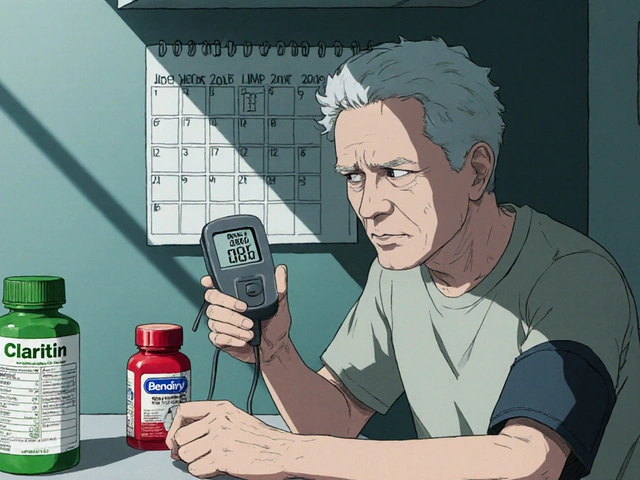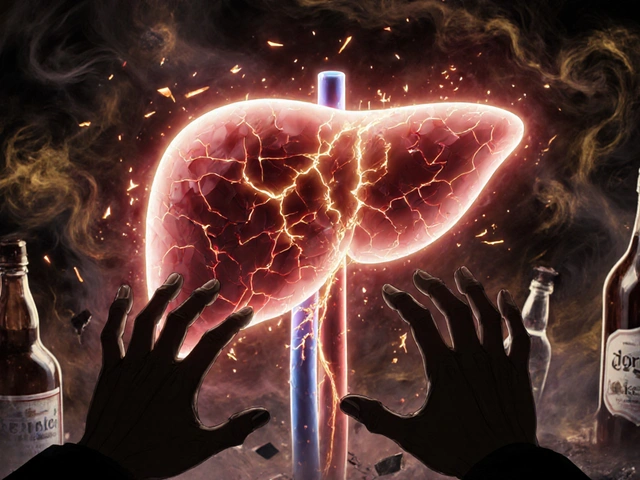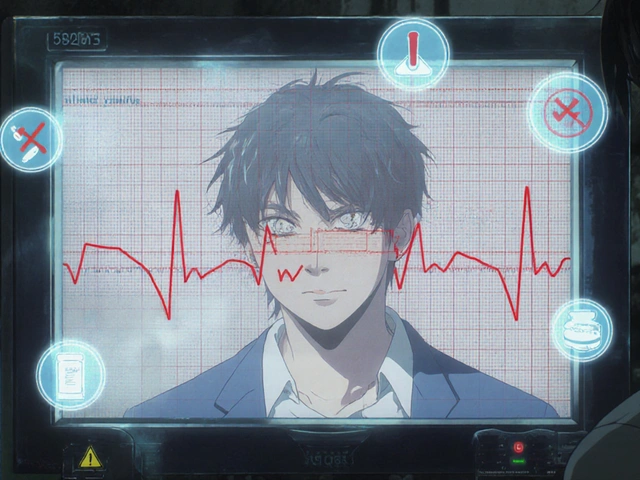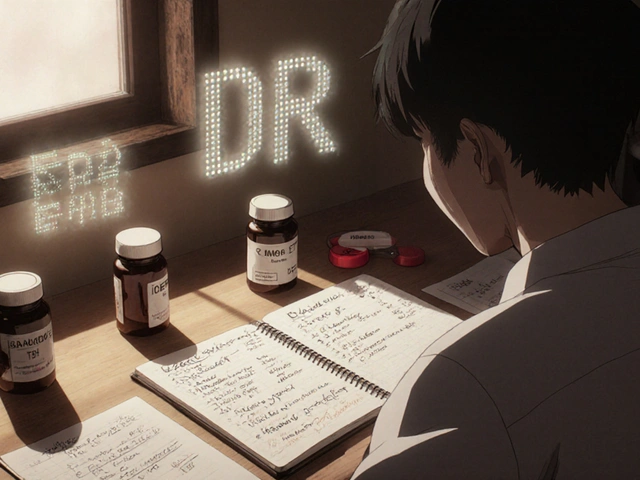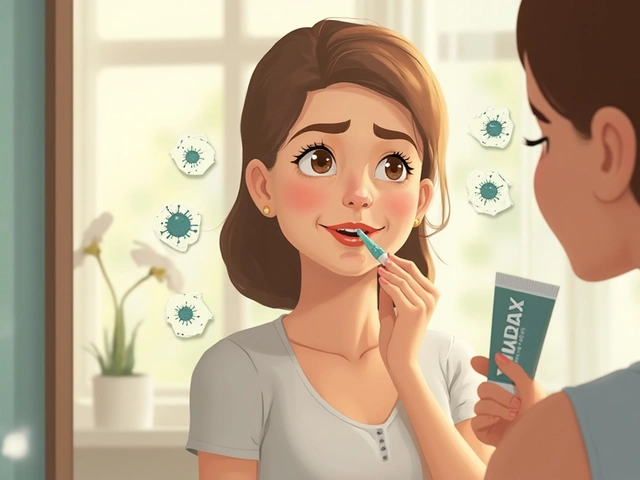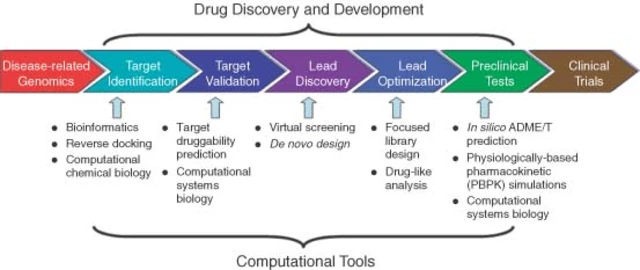Shingles: What You Need to Know
Shingles is that sudden, painful rash that often appears on one side of your body or face. It’s caused by the varicella-zoster virus—the same virus responsible for chickenpox. If you had chickenpox before, this virus can wake up years later and cause shingles. So, it’s not a new infection but a reactivation.
Most folks first notice tingling or burning on their skin, followed by red patches that develop into blisters. The pain can range from mild to severe, and sometimes it feels like burning or stabbing. The rash usually lasts 2 to 4 weeks, but the pain can stick around longer in some cases—a condition called postherpetic neuralgia.
Who’s at Risk?
Shingles mainly hits people over 50 or those with weak immune systems, like after illness, stress, or certain medications. But younger people can get it too. Stress and fatigue seem to trigger the virus, so keeping a healthy lifestyle can help reduce your risk.
How to Manage and Treat Shingles
Early treatment is key to easing pain and speeding recovery. Antiviral meds like acyclovir or valacyclovir work best if started within 72 hours after the rash appears. These drugs help the blisters heal faster and can cut down how intense the pain gets.
Besides meds, cool compresses and calamine lotion can soothe itching and discomfort. Keeping the rash clean and dry helps prevent infections. And if the pain gets tough, doctors might prescribe painkillers or even nerve pain medications.
Wondering about vaccines? The shingles vaccine is a top recommendation to lower your chances of getting shingles or reduce severity if it happens. If you’re over 50 or have certain health conditions, chat with your doctor about getting vaccinated.
Remember, shingles isn’t contagious like a cold, but the virus can spread chickenpox to someone who’s never had it or the vaccine. So, try to avoid close contact with pregnant women, newborns, or people with weak immunity until your blisters dry up.
Bottom line: if you sense burning or tingling skin followed by a rash, don’t wait. See a healthcare provider and start treatment quickly. With the right care, shingles can heal well and with less pain.
Navigating the Complexities of Acute and Chronic Postherpetic Neuralgia
Postherpetic neuralgia is a painful condition that often follows shingles. It occurs when nerve fibers are damaged, sending exaggerated pain signals to your brain. Understanding the stages of postherpetic neuralgia is crucial for effective management and relief. This article explores the acute and chronic phases, offering insights and practical advice for those navigating this challenging condition.

